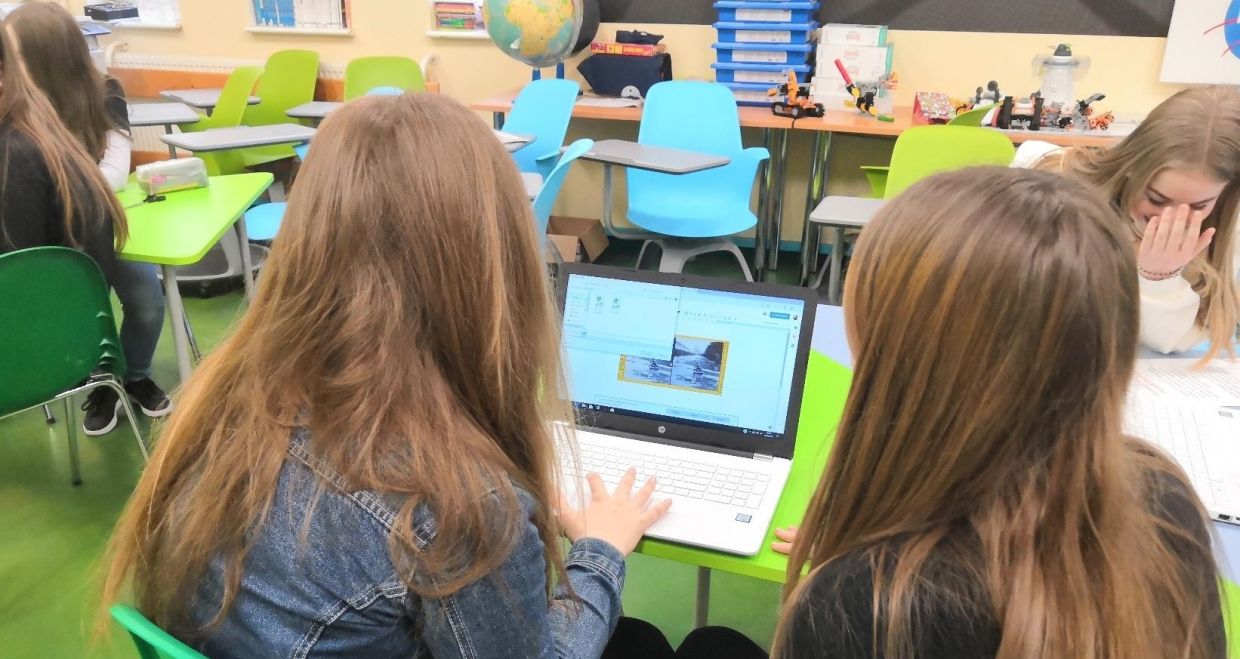Can you tell us a bit about yourself?
I am a maths and ICT teacher in Primary School no 74 in Szczecin, Poland. I also work as a STEM learning adviser in the STEM Centre in Szczecin. This place was created to implement the educational policy to support the development of sciences. Thanks to the Centre’s activities, we have learned that not only is a wide knowledge of their subject important for teachers, but that we must constantly pursue the modern trends and innovations in the classroom.
In my position as a teacher trainer, I respond to the needs of headteachers in my area and consult on applying improvement programmes for their schools. I also provide feedback on lesson plans, present on good practices and make proposals about workshops and the professional development of educators. This is why I took part in the Europeana project as a User Group Teacher, one of the 131 teachers from Croatia, Finland, France, Greece, Hungary, Italy, Malta, Poland, Portugal, Romania, Spain, Bulgaria, North Macedonia, Serbia, Turkey and the European Schools. The main task of the User Group is to create learning scenarios using Europeana resources, implement them in the classroom and write about the experience in the Teaching with Europeana blog.
What is the most valuable aspect of your work as part of the Europeana User Group?
Introducing Europeana to students and teachers from my country. It would not be possible if it were not providing free online access to over 53 million digitised items drawn from Europe’s museums, archives, libraries and galleries.
As a practical example on how to use Europeana in education, you can see and try my learning scenario: When in history did wallets weigh the most? This Future Classroom Scenario has been developed as part of the Europeana project. The main objective is to show students what density is and how to calculate weight if the volume and density are known. During the lesson students will solve a problem related to specific coins and will give the answer to the question: How much did wallets weigh in the history of mankind?
The second example is the other learning scenario I’ve produced and will be published soon: How did people learn to measure time? The aim of the lesson is to make students realise what time is and what consequences it brings into people’s lives. Other important objectives are to encourage students to use their creativity, browse on Europeana Collections and other websites for suitable materials, and to develop students’ digital and social skills.
The final result is an exhibition where students can find out about the history of clocks and measuring time.



